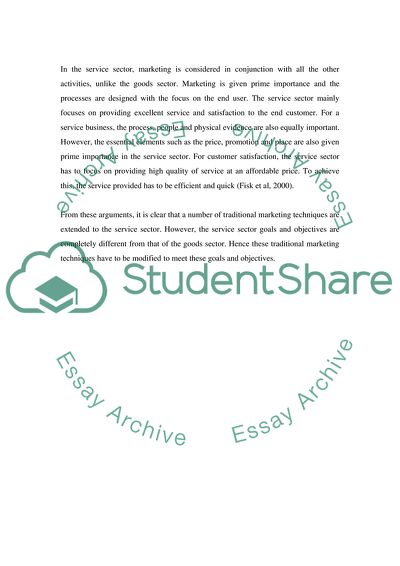Cite this document
(Service management marketing Assignment Example | Topics and Well Written Essays - 3250 words, n.d.)
Service management marketing Assignment Example | Topics and Well Written Essays - 3250 words. https://studentshare.org/marketing/1715442-service-management-marketing
Service management marketing Assignment Example | Topics and Well Written Essays - 3250 words. https://studentshare.org/marketing/1715442-service-management-marketing
(Service Management Marketing Assignment Example | Topics and Well Written Essays - 3250 Words)
Service Management Marketing Assignment Example | Topics and Well Written Essays - 3250 Words. https://studentshare.org/marketing/1715442-service-management-marketing.
Service Management Marketing Assignment Example | Topics and Well Written Essays - 3250 Words. https://studentshare.org/marketing/1715442-service-management-marketing.
“Service Management Marketing Assignment Example | Topics and Well Written Essays - 3250 Words”. https://studentshare.org/marketing/1715442-service-management-marketing.


